Evolution of Automatic Motorcycles
Early Attempts and Innovations
The journey of automatic transmissions in motorcycles began decades ago. Honda pioneered the field with the introduction of models like the Honda CB750A. Launched in the late 1970s, it featured a simplified two-speed gearbox and no clutch lever, allowing for smoother gear transitions using a torque converter. Despite its technological innovation, the model was not commercially successful but laid important groundwork.
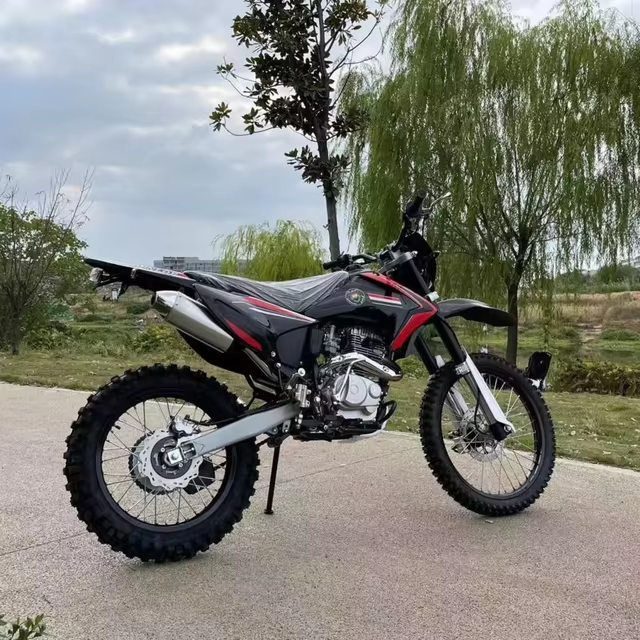
Other brands ventured into automatic transmission sporadically. Yamaha introduced the FJR1300AS in 2006, employing their YCC-S system, which integrated an automatic clutch with electronic shift controls. Although not a full automatic, it represented a step towards easier ride handling. Aprilia also made a notable attempt with the Mana 850, which adopted a CVT system capable of switching to a seven-speed manual mode, illustrating a blend of automatic and manual transmission technology.
Recent Advances and Future Prospects
Recent years have seen significant advancements. Honda has consistently evolved its Dual Clutch Transmission (DCT) system, now a staple feature in models like the Africa Twin and several middleweight motorcycles such as the NC750X. The shift from just enhancing convenience to improving performance and rider engagement marks a modern era of motorcycle transmissions.
Furthermore, other manufacturers are catching up. Yamaha’s latest Y-AMT system in the 2024 MT-09 promises clutch-less operation, driven by smart electronics, revolutionizing the realm of motorcycle automation. BMW too is preparing to launch its new Automated Shift Assistant (ASA) equipped R1300GSA, indicating that automatic transmissions are set to become a mainstay in the future motorcycle market.
With these technological advancements, the future for automatic motorcycles looks promising. Brands continue to innovate, focusing on integrating user-friendly features with dynamic performance capabilities, aiming to appeal to both seasoned and novice riders alike.
Key Models and Developments
Pioneering Models by Honda and Yamaha
Honda and Yamaha have shaped the automatic motorcycle market. Honda’s early model, the CB750A, was an important start even though it did not sell well. They did not stop there. Honda’s DCT, or Dual Clutch Transmission, has seen over a decade of refinement. It now comes in several models, like the Africa Twin and NC750X. This shift towards performance and engagement sets a new trend in automatic motorcycles.
Yamaha, not to be outdone, introduced an auto system with the 2006 FJR1300AS. It had an electronic shift but still required rider input for gear changes. Their recent development, the Y-AMT system for the 2024 MT-09, pushes boundaries further. It offers clutch-less operation with smart electronics.
Both brands have proven that auto transmissions can blend seamless operation with the thrill of riding.
Innovative Designs from Aprilia and BMW
Other brands, like Aprilia and BMW, have made their mark too. Aprilia’s Mana 850 used a CVT twist and go system, which could switch to a manual mode with a handlebar switch. It showed versatility but was not a major hit due to its high cost and niche appeal.
BMW is now stepping into the spotlight with its Automated Shift Assistant (ASA) on the upcoming R1300GSA. It promises both automatic and manual shift modes with no clutch needed. This shows that even traditional brands are adapting to the new era of auto transmissions.
These innovative designs not only prove that automatic motorcycles have a place in the market. They also show that technology can bring new life to riding, making it more accessible and versatile.
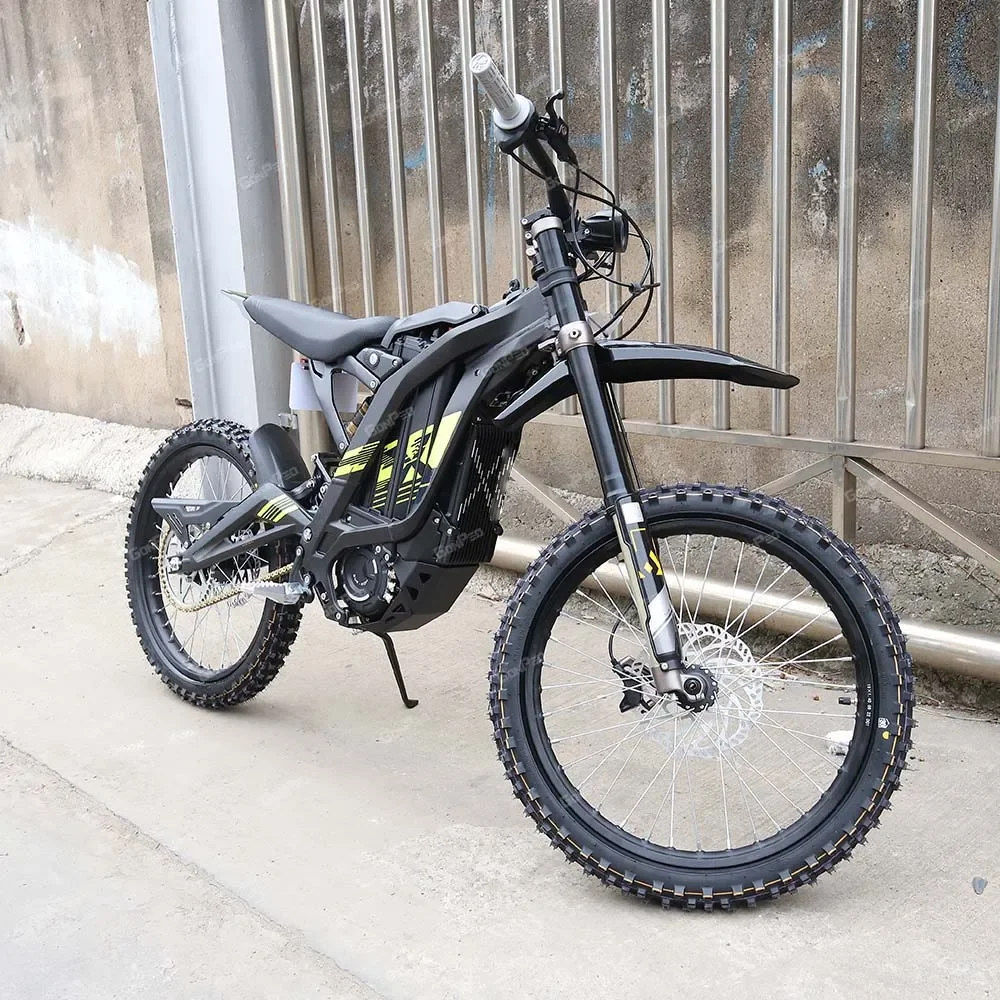 Advantages of Automatic Transmissions in Motorcycles
Advantages of Automatic Transmissions in Motorcycles
Convenience and Ease of Use
Automatic transmissions in motorcycles simplify the riding experience. Riders no longer need to manually change gears, which can be a challenge for beginners. This ease of use attracts new riders and those looking for a more relaxed ride. With no clutch lever to pull, city riding becomes less tiring, especially in traffic. Learning to ride also becomes faster, as mastering clutch control isn’t necessary. Motorcycle automatic transmission systems make multitasking simpler, like navigating and operating the bike.
Enhanced Safety Features
Motorcycle automatic transmissions contribute to safety on the road. Riders can focus more on their surroundings instead of gear changes. With fewer distractions, they are likely to make quicker reactions to hazards. Some automatic systems come with stability control, aiding riders in maintaining control during sudden maneuvers. In emergency situations, being able to accelerate without manual shifting can help avoid accidents. Newer automatic motorcycles also feature advanced braking systems, adding an extra layer of safety.
Technological Integration
Role of Electronics in Automatic Transmission Systems
Electronic systems are crucial in modern motorcycle automatic transmissions. They precisely control gear shifts, enhancing the bike’s performance and the rider’s experience. Advanced electronics handle complex calculations in real-time, ensuring smooth transitions and optimal power delivery. They adjust the bike’s response, offering modes ranging from fuel-efficient to aggressive sport riding. Electronics also maintain the bike’s stability by coordinating with traction control and ABS systems, contributing to a safer ride.
Modern automatic motorcycles feature sophisticated software. This software allows for updates, improving the transmission system over time. Riders benefit from continued refinements without needing mechanical changes. With electronic integration, manufacturers also create customizable riding experiences. They enable riders to switch modes on the go, adapt to different terrains or riding preferences effortlessly.
Impact of Electric Motorcycles on Transmission Technology
Electric motorcycles are changing the landscape of transmission technology. They typically don’t require traditional transmissions, as electric motors deliver power differently. This eliminates the need for gear shifting and provides instant torque from a standstill. Electric bikes often feature a single-speed transmission, simplifying the design and reducing maintenance.
The rise of electric motorcycles introduces enhanced features like regenerative braking. This converts kinetic energy into electrical energy to recharge the battery. It maximizes efficiency and extends the range, a key benefit for electric models.
Electric bikes influence consumer expectations for ease of use and performance. They set new standards for automatic transmissions in gas-powered motorcycles. The industry sees a push towards more user-friendly designs and high-tech features that mirror the simplicity and immediacy of electric bikes.
As motorcycle automatic transmission systems evolve, so does rider interaction with the machine. The future may bring integration with smart devices and AI, offering an even more connected and intuitive riding experience.
Market Trends and Consumer Adoption
Popularity Among Different Rider Demographics
The growing demand for motorcycle automatic transmission spans various rider groups. New riders appreciate the simplicity and reduced learning curve. Experienced riders enjoy the ease and comfort during long rides. Young riders are drawn to the modern tech features these bikes offer. Older riders find automatic motorcycles less physically demanding.
Comparison with Manual Transmission Models
When compared to manual transmission models, automatic motorcycles offer distinct advantages. They reduce rider fatigue during stop-and-go city traffic. They allow the rider to focus more on the road and less on gear changes. However, some purists still prefer manual bikes for the control and engagement they offer. Ultimately, the choice depends on personal preference and riding style.
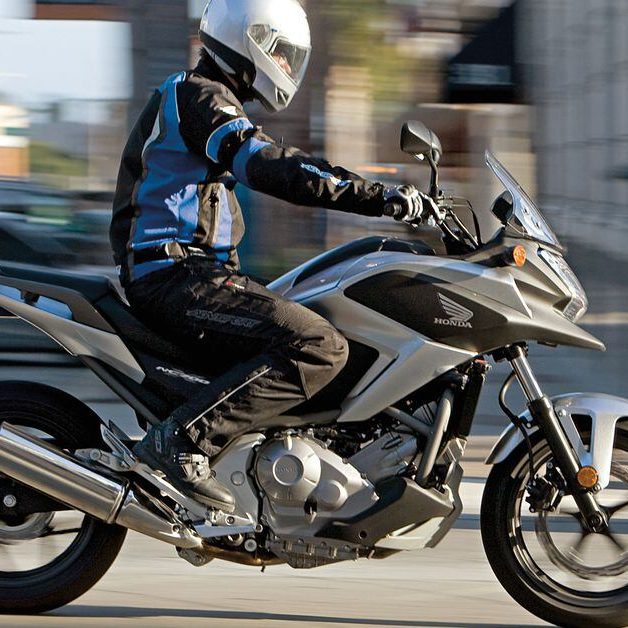 The Future of Motorcycle Transmissions
The Future of Motorcycle Transmissions
As we look to the future, motorcycle automatic transmissions are set to evolve further. Advances in technology and changing rider preferences push manufacturers to innovate relentlessly. Innovations are not only focused on ease of use but also on enhancing the overall riding experience.
Predictions and Upcoming Technologies
In the near future, expect to see more motorcycles equipped with sophisticated automation. Technologies like AI and machine learning could personalize gear shifting patterns. Predictive gear systems may adjust to different riding styles in real-time. We’re likely to see more hybrids offering the best of both worlds—a manual feel with automatic convenience. Safety will also take a front seat, with systems becoming smarter to prevent accidents. Connectivity will grow, with transmissions syncing to riders’ devices for customized control. Lastly, as electric motorcycles grow in popularity, transmission systems will adapt to match their instant torque delivery.
Potential Challenges and Solutions
Adopting new tech comes with challenges. First, there’s riders’ skepticism of automatic transmissions. They worry about losing the control and engagement that manuals provide. Second, new systems must be reliable. Riders need to trust that these technologies work flawlessly. Third, cost can be a barrier. Advanced tech usually means higher prices. But competition and economies of scale should bring costs down. Finally, education is key. Riders need to understand how automatic systems benefit them. Manufacturers will need to provide clear, precise information to win over enthusiasts.
The road ahead for motorcycle transmissions looks exciting. Creativity and innovation will likely continue to reshape what we expect from our rides. Automatic transmissions are here to stay, promising a future where technology meets the thrill of the ride.

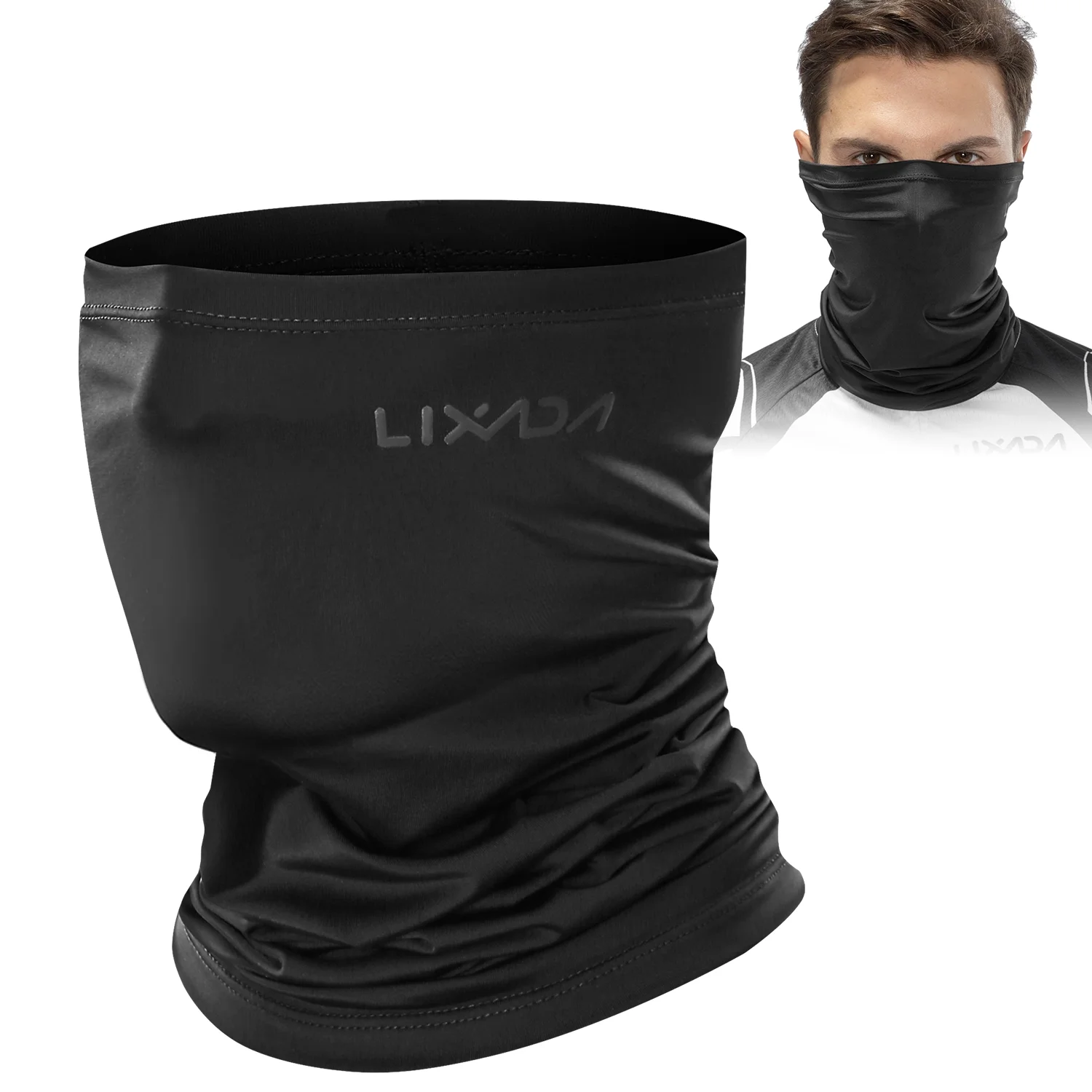
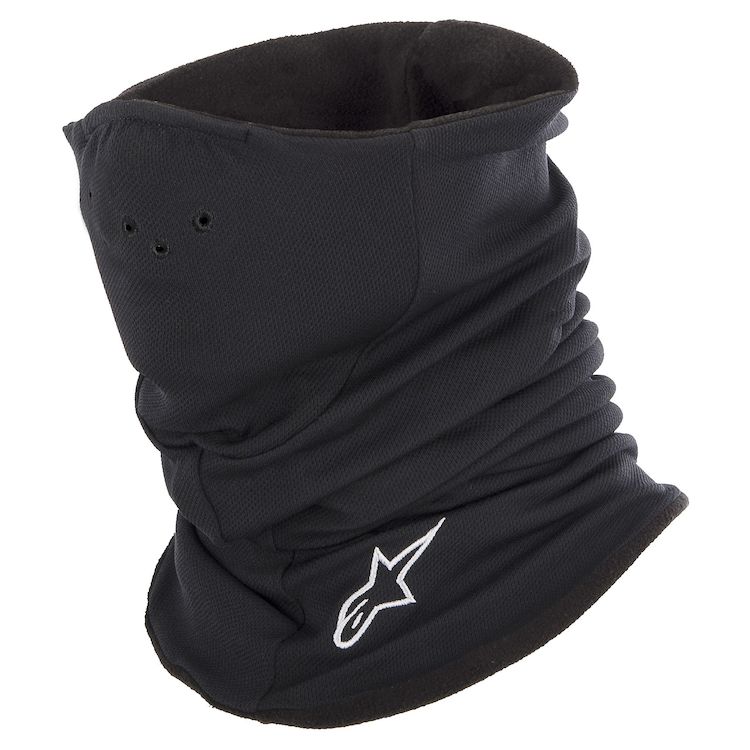 Trending Designs and Patterns for 2024
Trending Designs and Patterns for 2024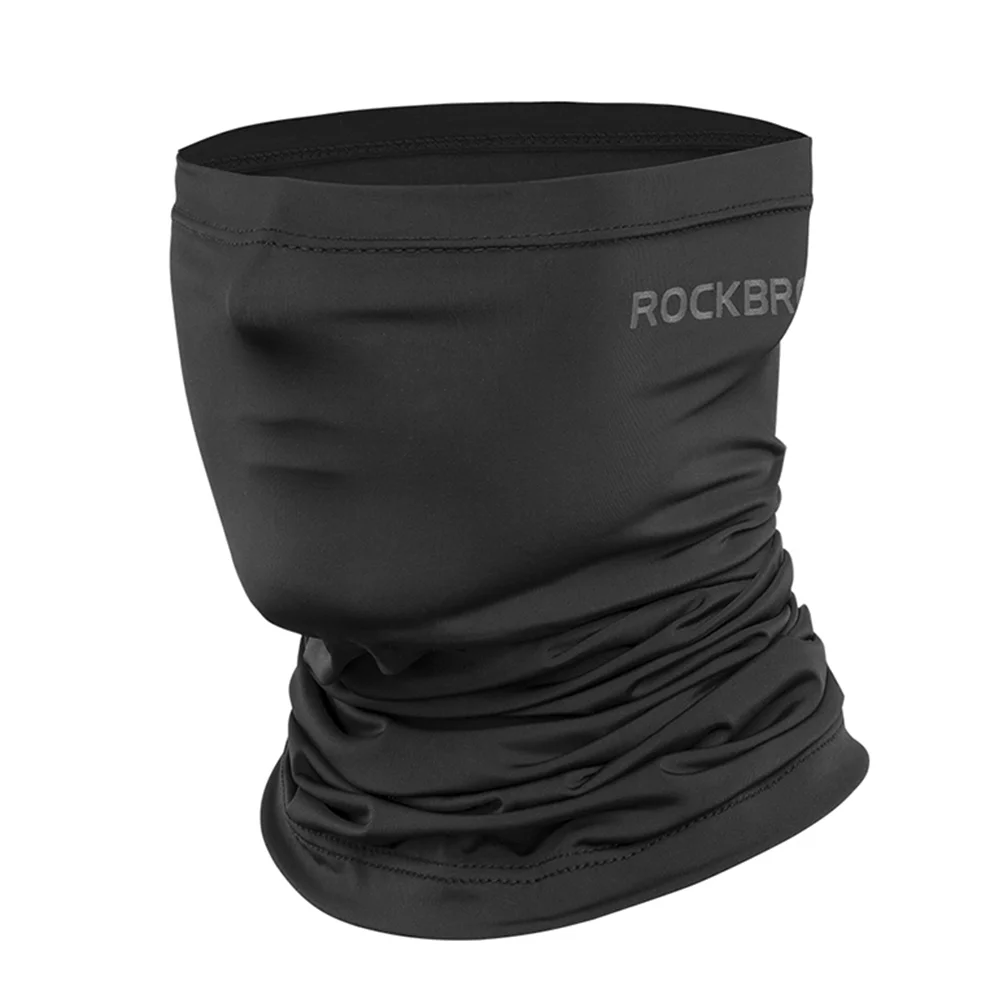 Maintenance Tips for Long-Lasting Motorcycle Neck Gaiters
Maintenance Tips for Long-Lasting Motorcycle Neck Gaiters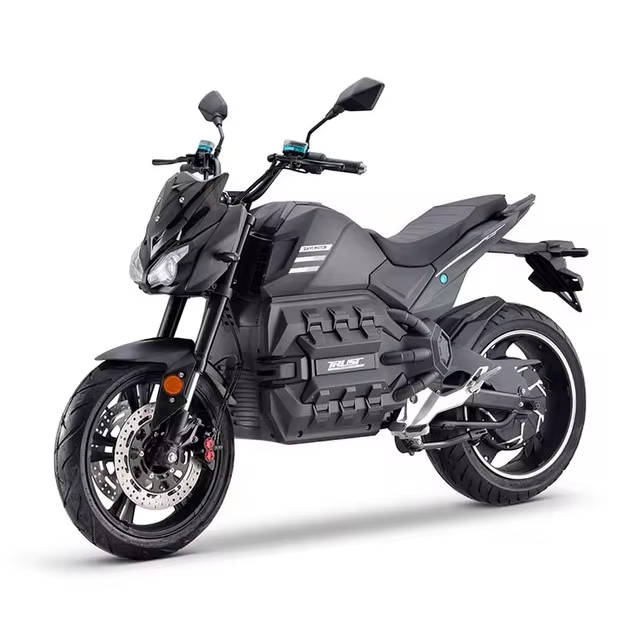
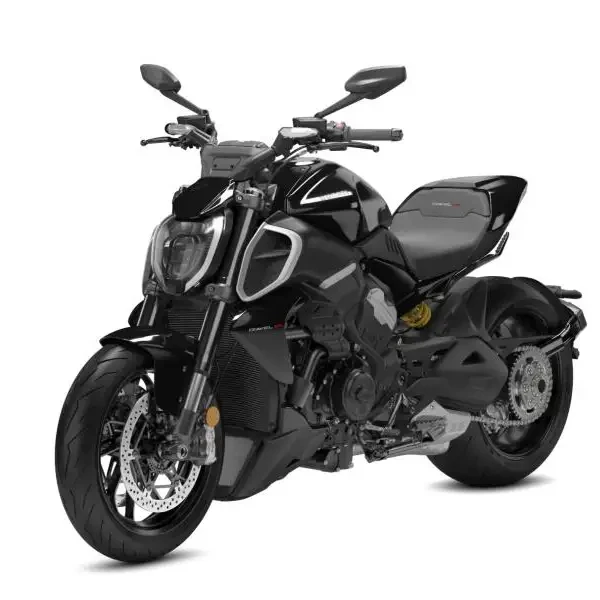 Types of Compensation Available for Accident Victims
Types of Compensation Available for Accident Victims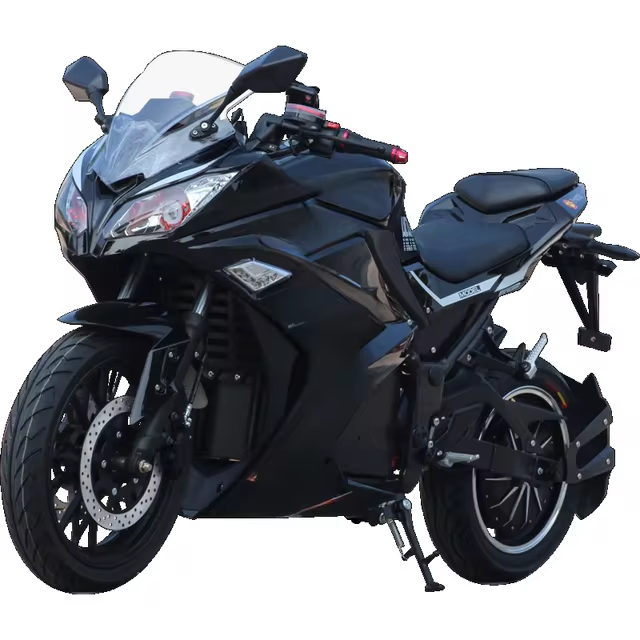 When to Consult a Motorcycle Accident Attorney
When to Consult a Motorcycle Accident Attorney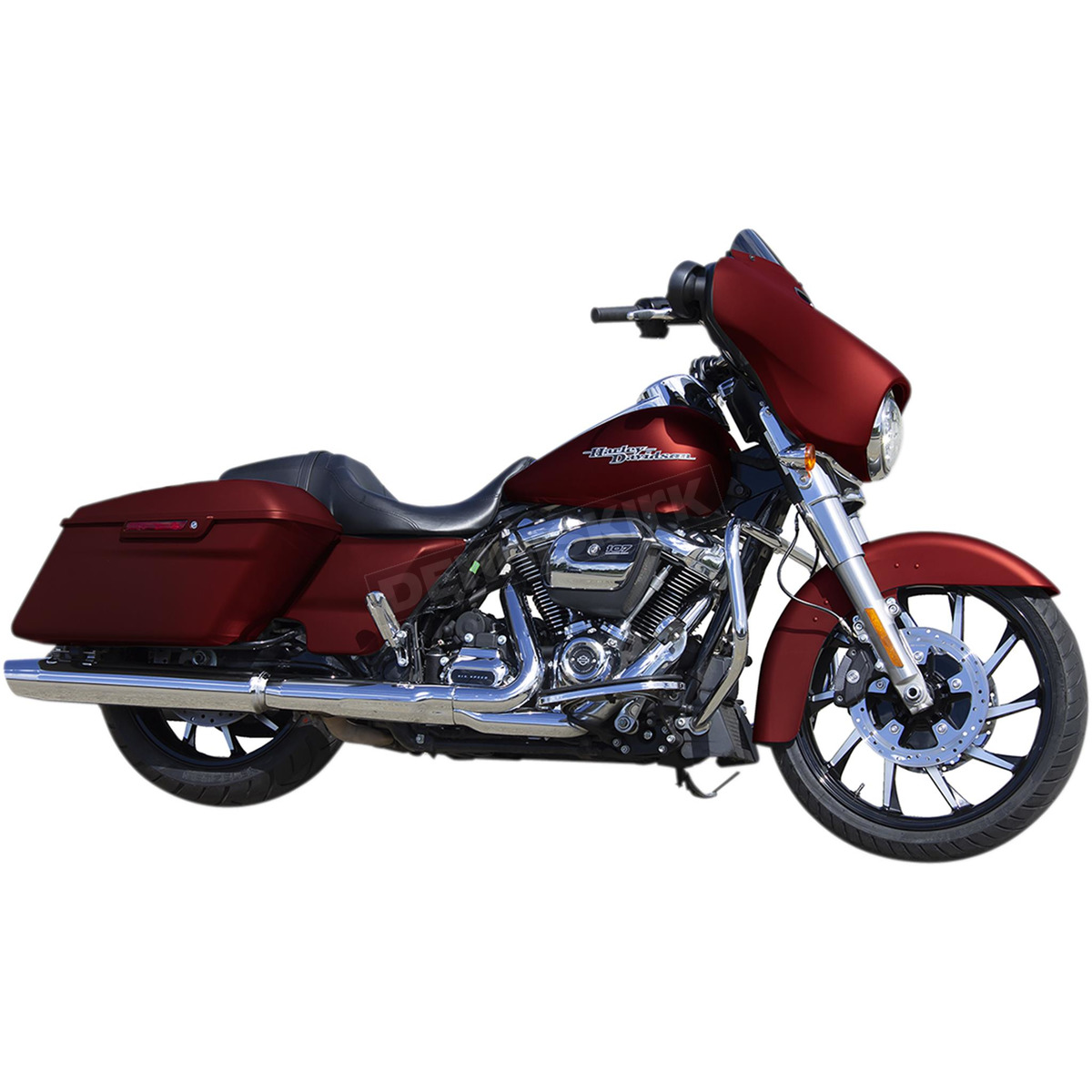
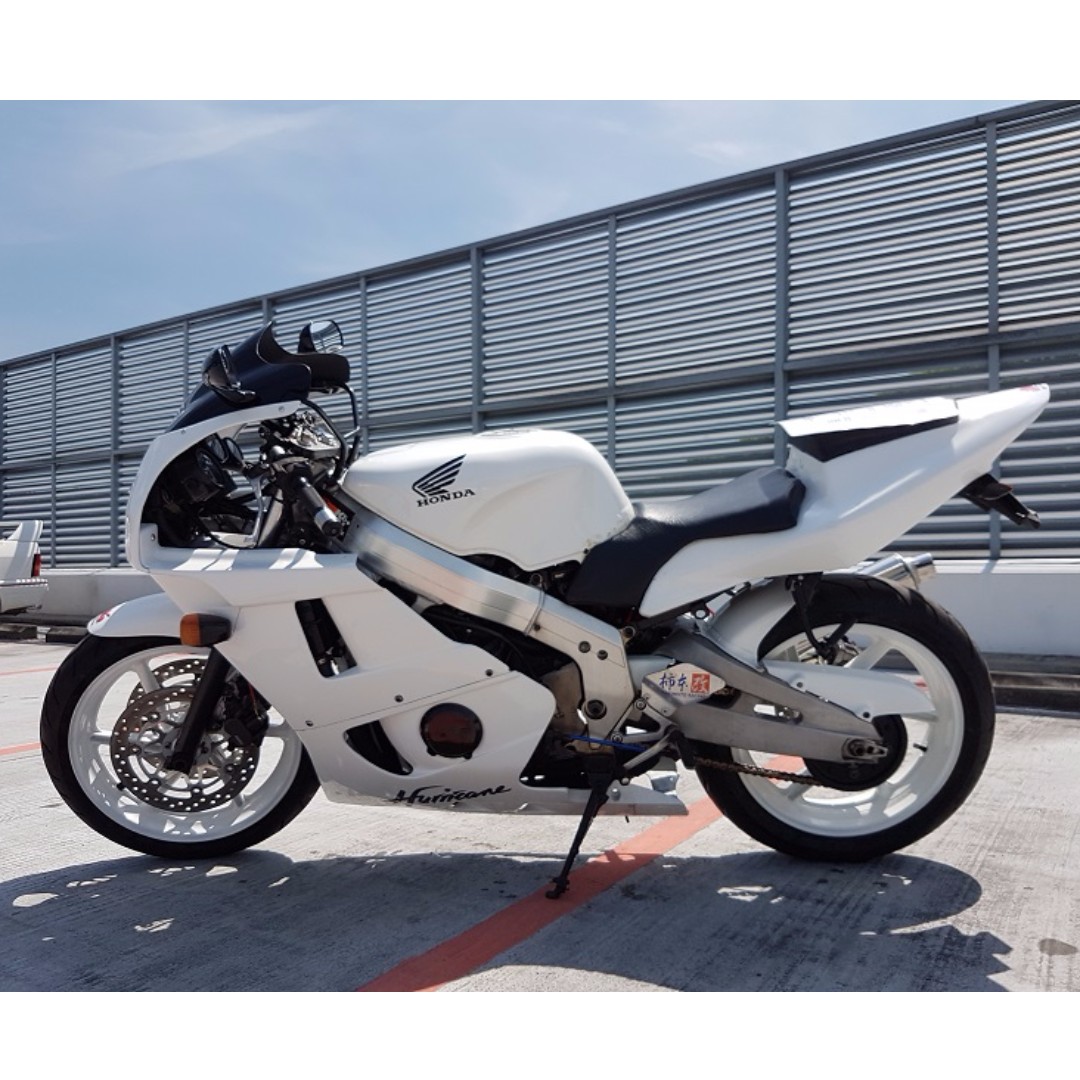 Impact on the Motorcycle Market and Honda’s Legacy
Impact on the Motorcycle Market and Honda’s Legacy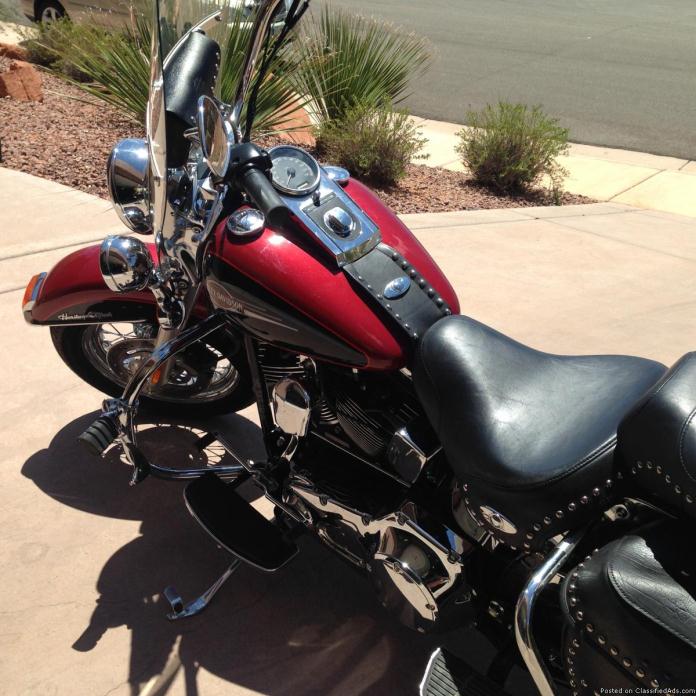 Closing Remarks
Closing Remarks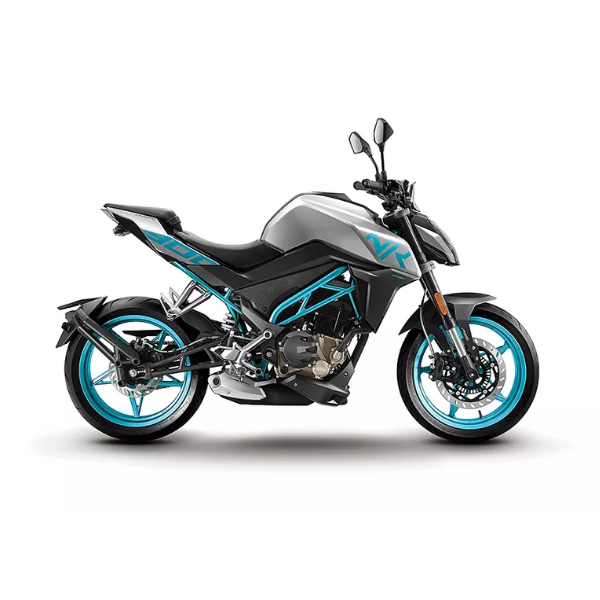
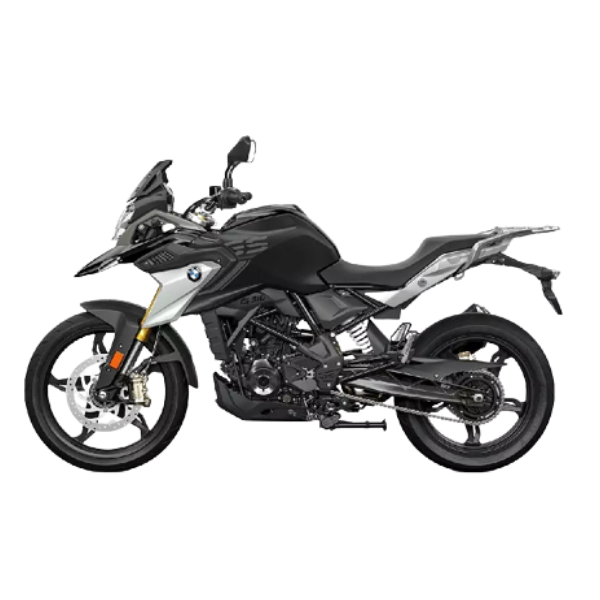 Honda Rebel 300: Classic Cruiser with a Modern Touch
Honda Rebel 300: Classic Cruiser with a Modern Touch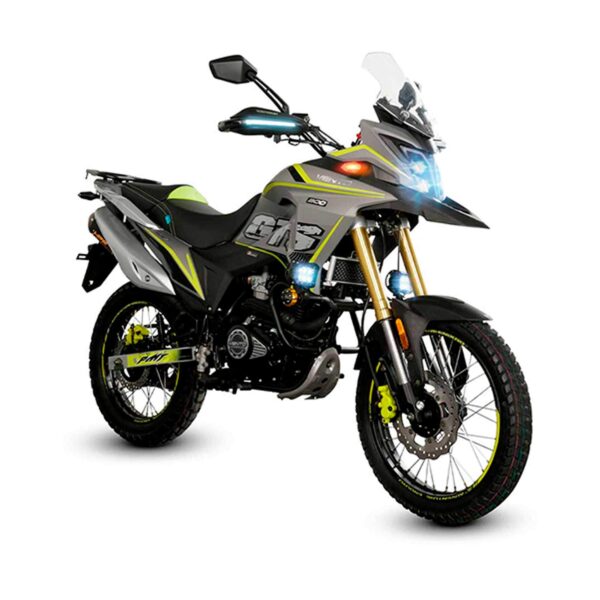 Choosing the Best 300cc Motorcycle for Your Style
Choosing the Best 300cc Motorcycle for Your Style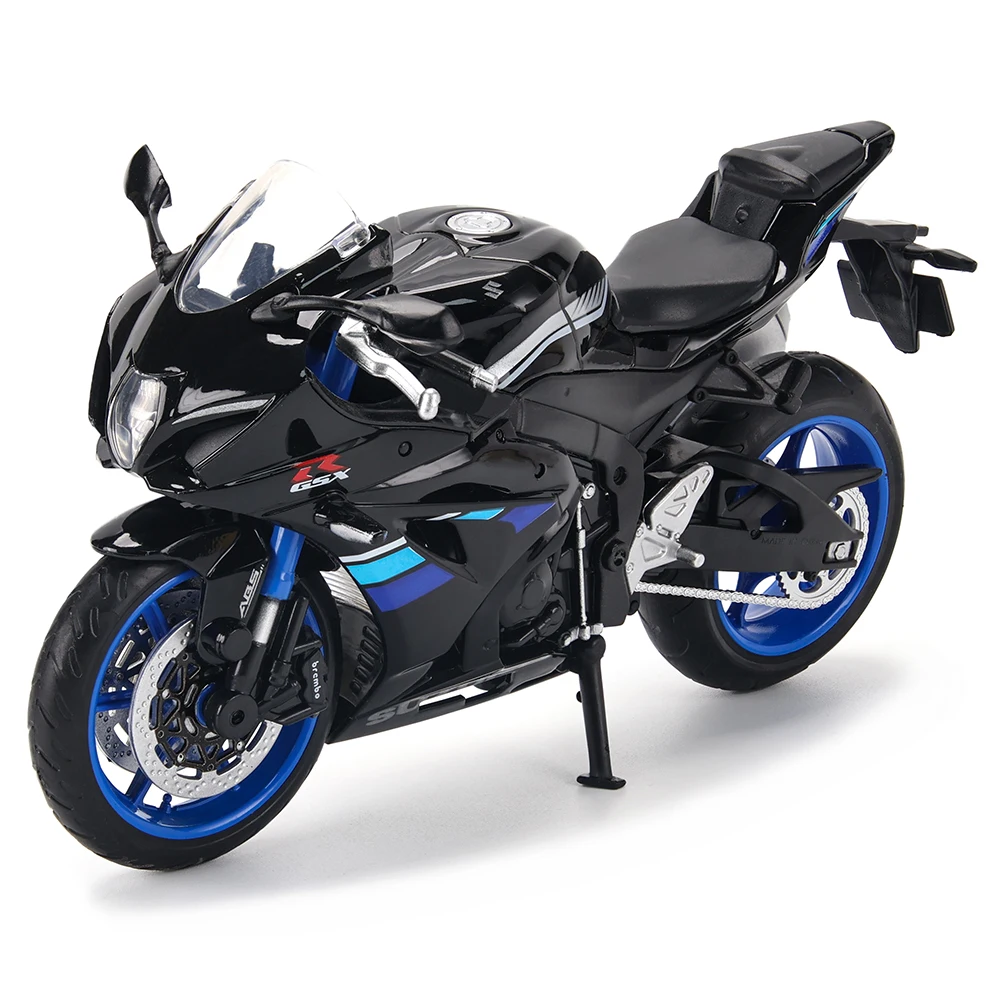
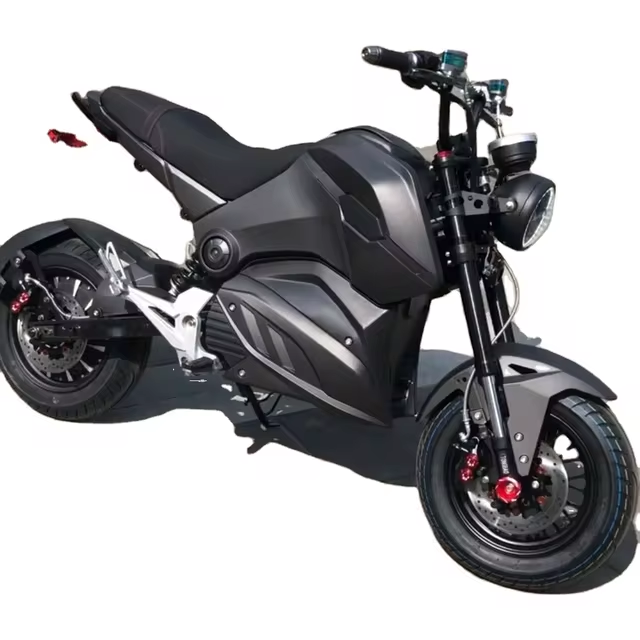 Dinner With A View: Neo Tiew Crescent Dining Spots
Dinner With A View: Neo Tiew Crescent Dining Spots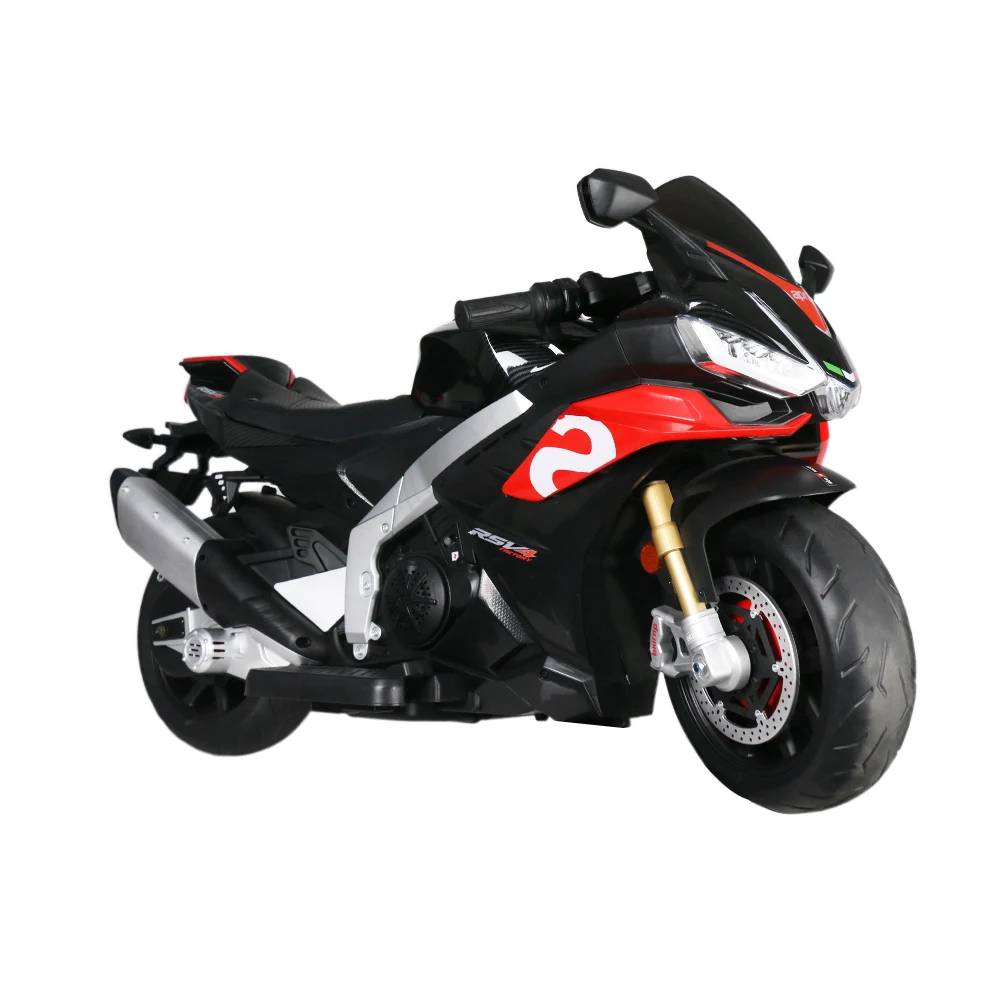 Crossing Borders: Tips for Malaysian Motorcycle Road Trips
Crossing Borders: Tips for Malaysian Motorcycle Road Trips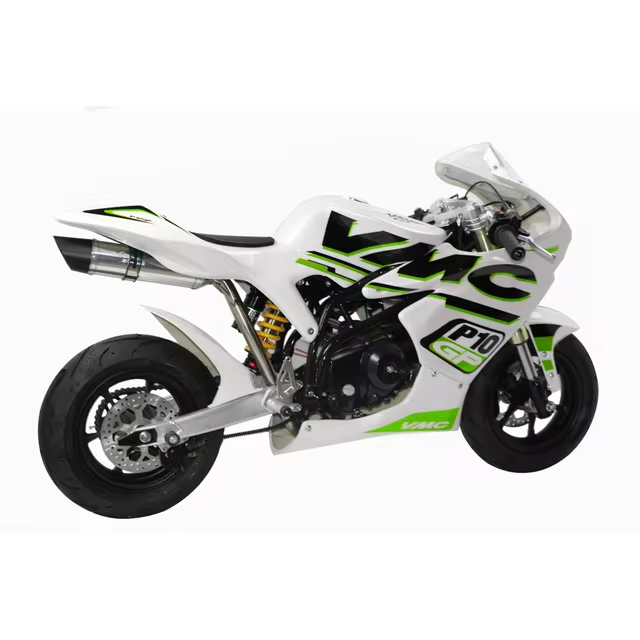
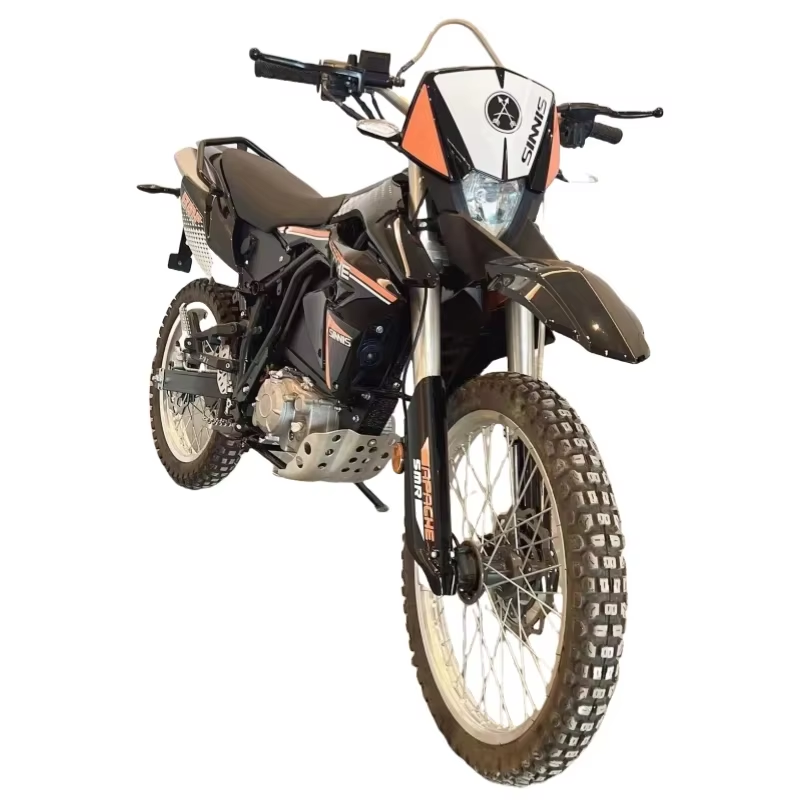 Best Motorcycle Insurance Deals in Singapore
Best Motorcycle Insurance Deals in Singapore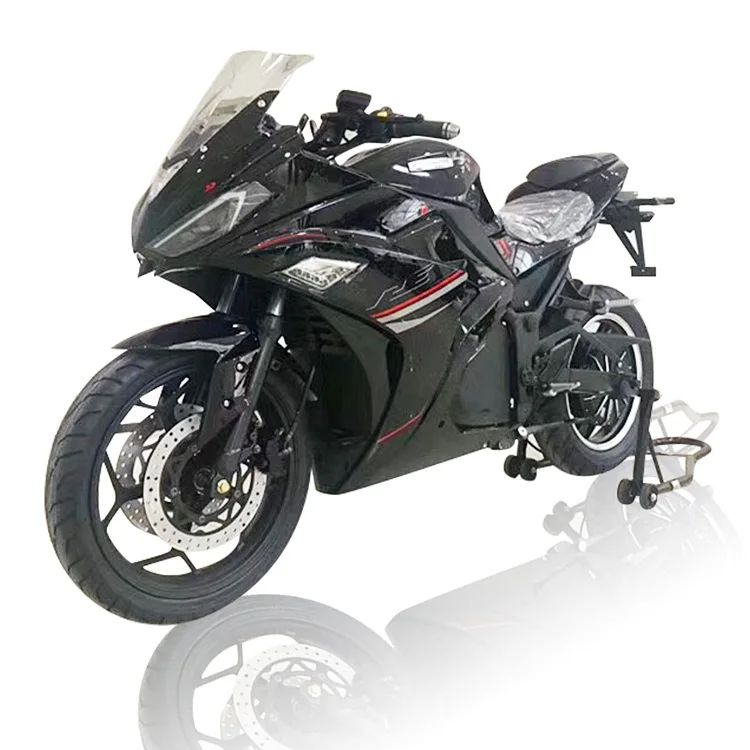 Motorcycle Plus Personal Accident Insurance: Do You Need Both?
Motorcycle Plus Personal Accident Insurance: Do You Need Both?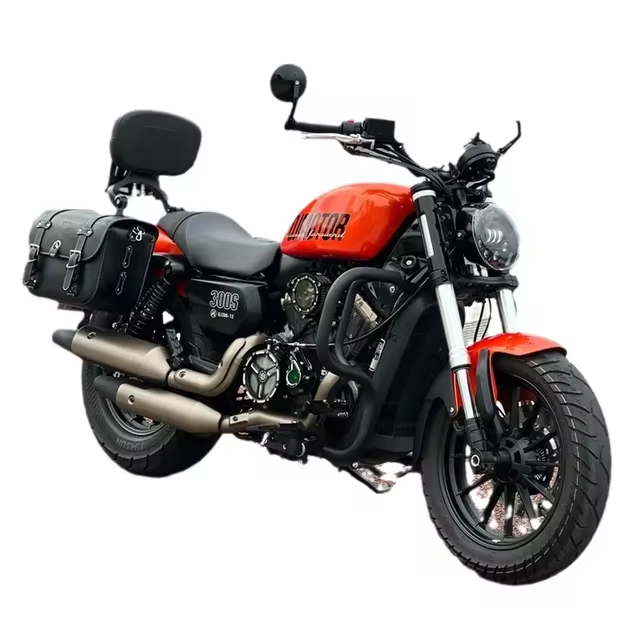
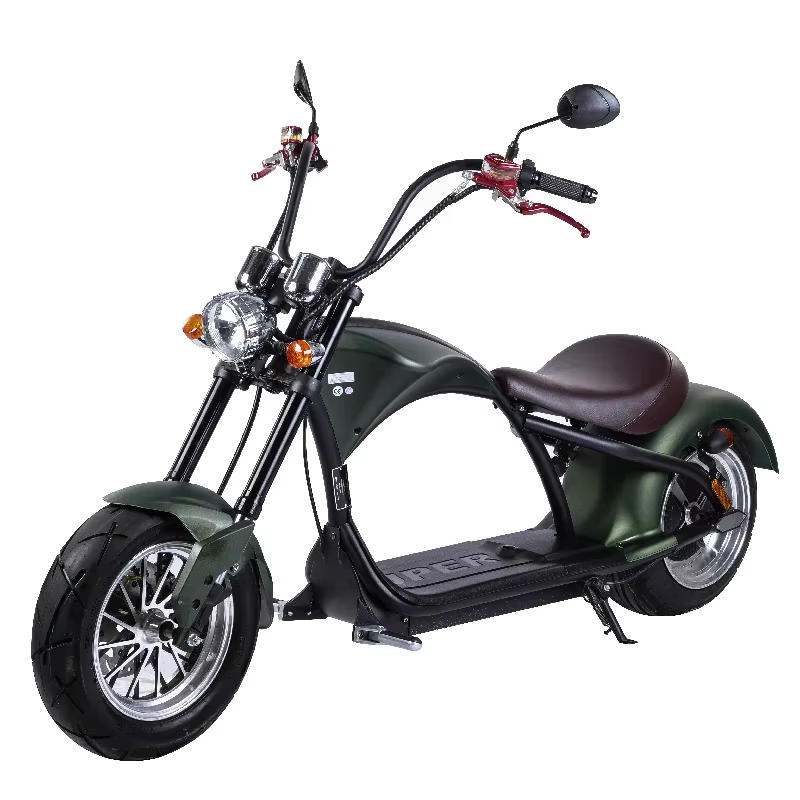 Taking the Written Knowledge Exam
Taking the Written Knowledge Exam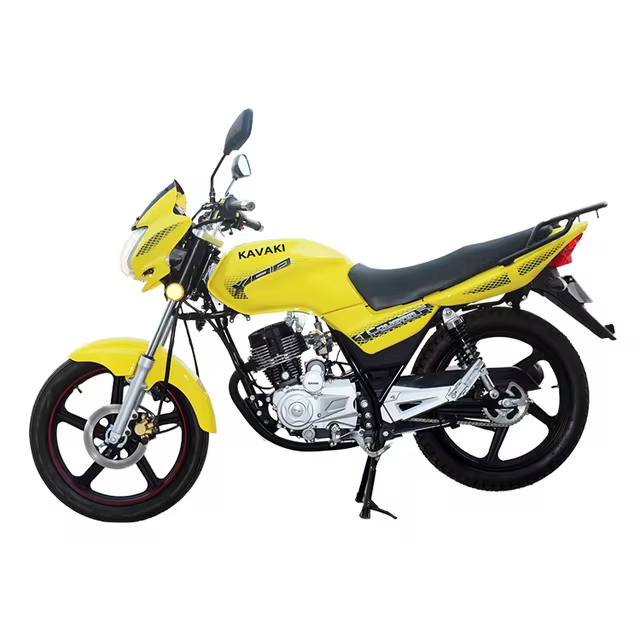 Applying for the Motorcycle Endorsement
Applying for the Motorcycle Endorsement
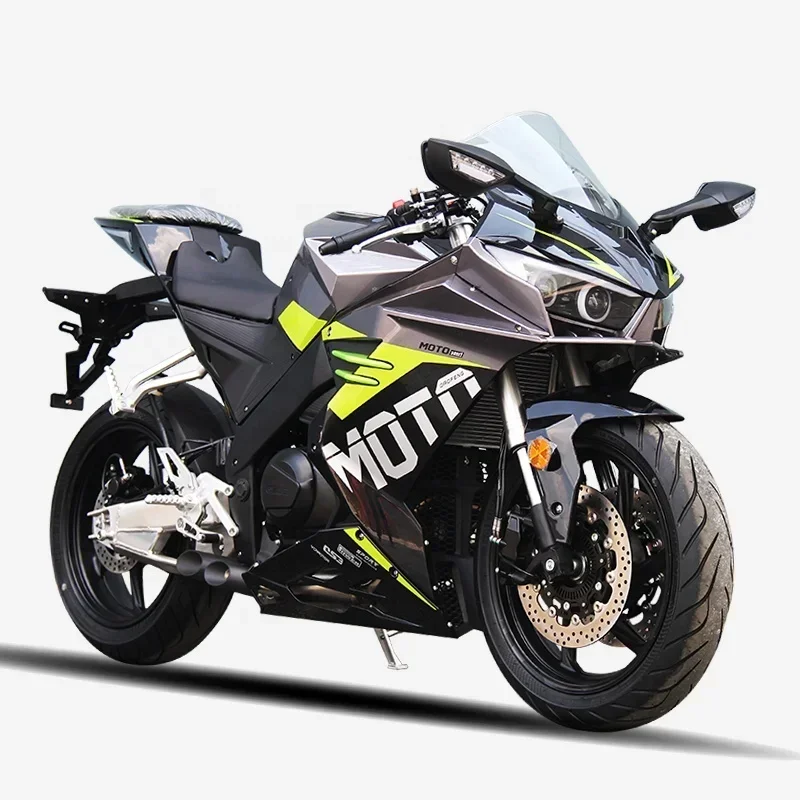 The Pros and Cons of Owning an Older Motorcycle
The Pros and Cons of Owning an Older Motorcycle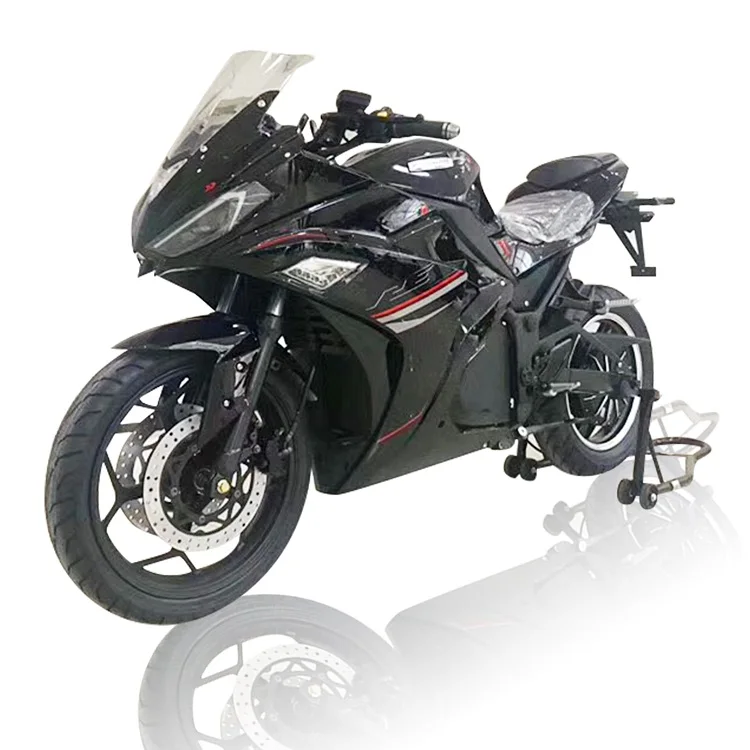 Conclusion: how old do you have to be to buy a motorcycle
Conclusion: how old do you have to be to buy a motorcycle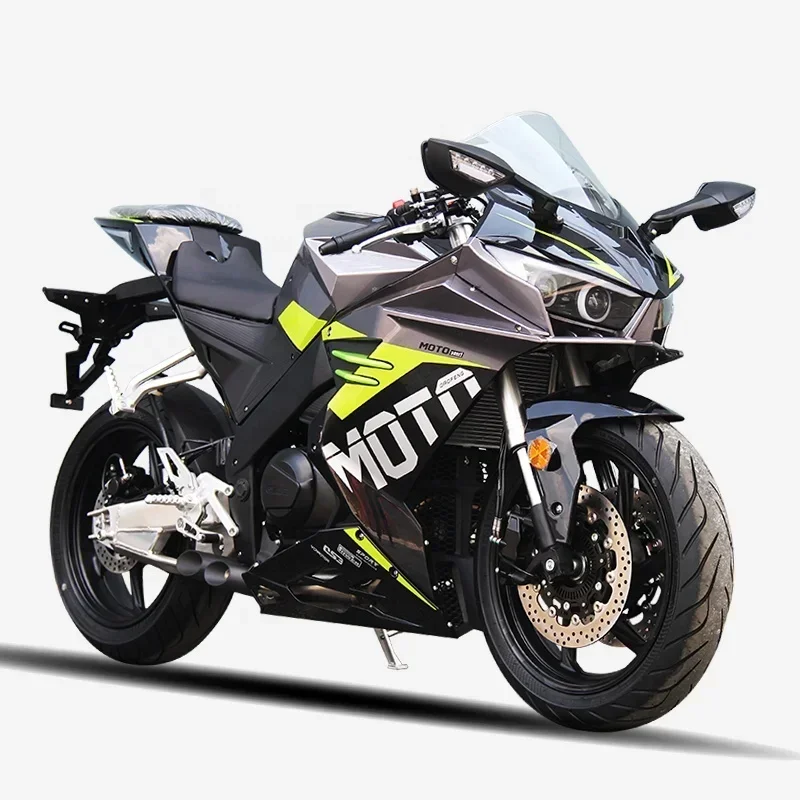
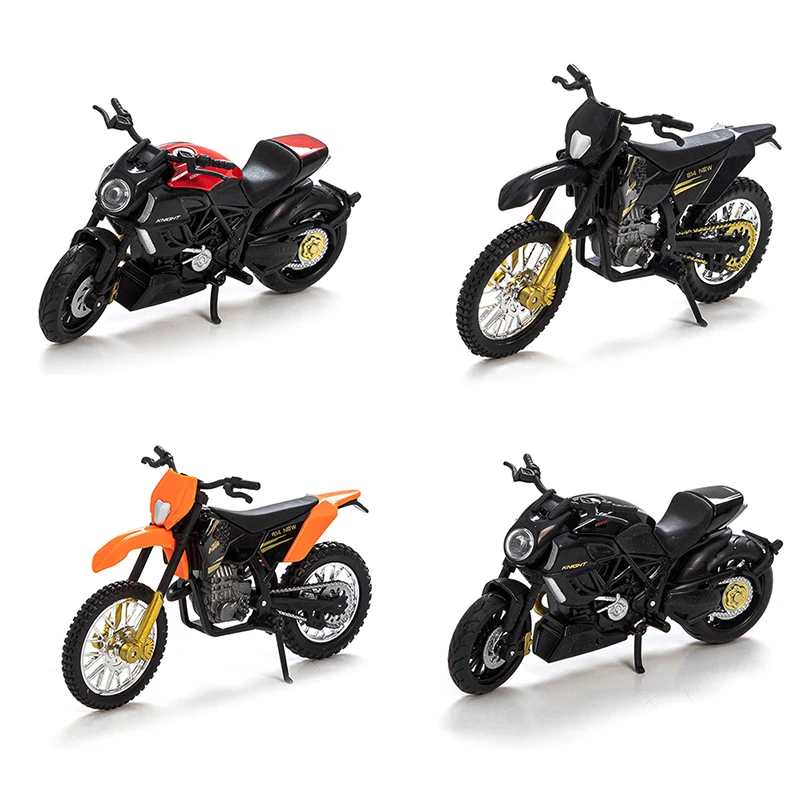 Frame and Suspension Setup
Frame and Suspension Setup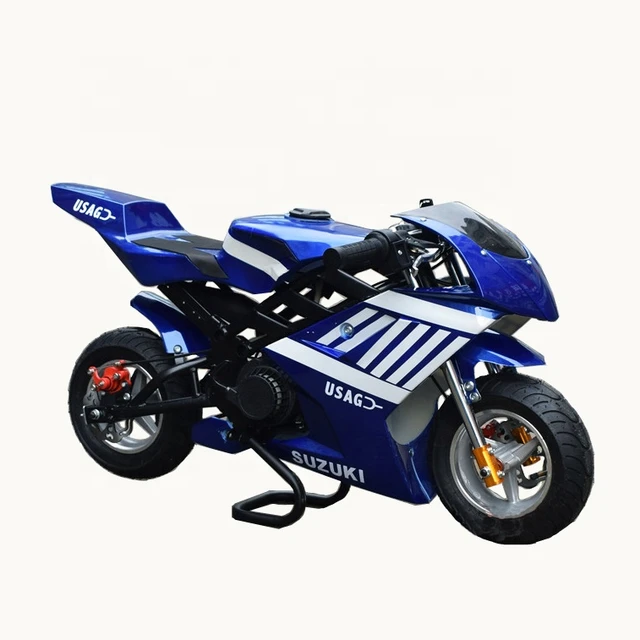 Final Assembly and Safety Checks
Final Assembly and Safety Checks